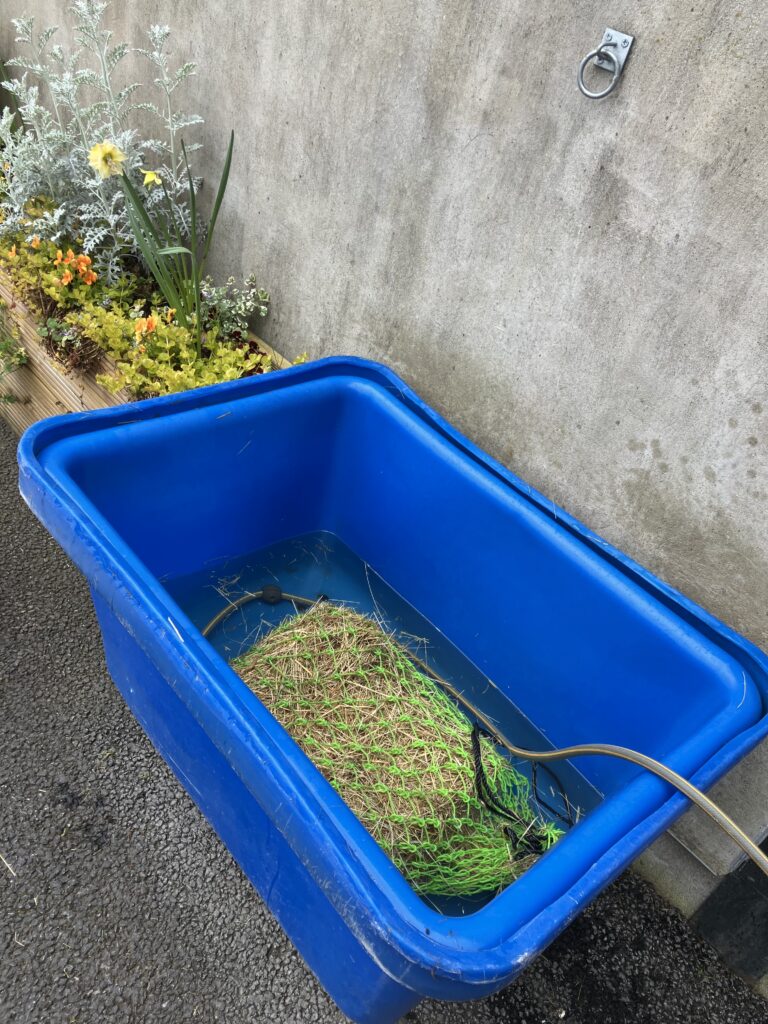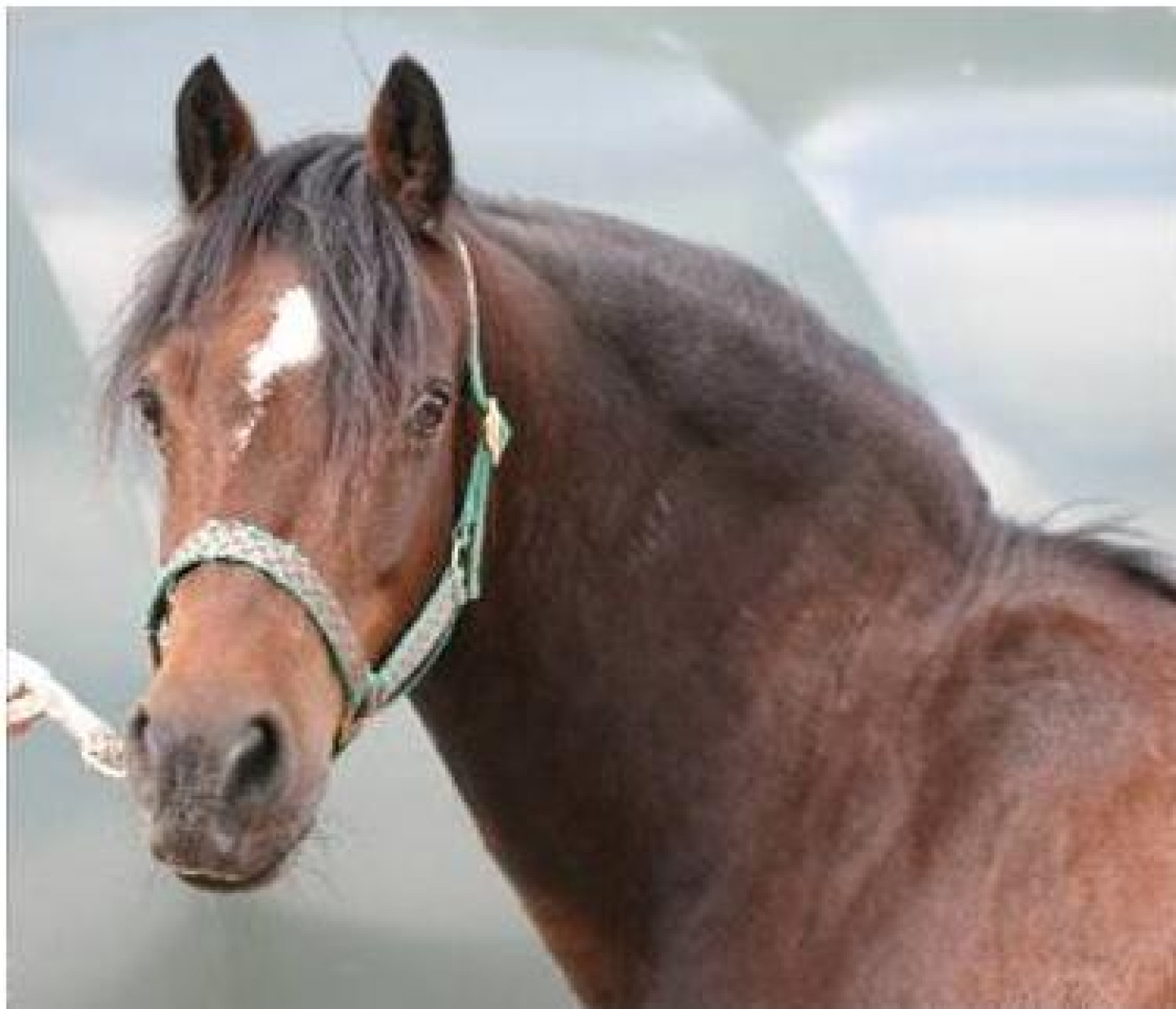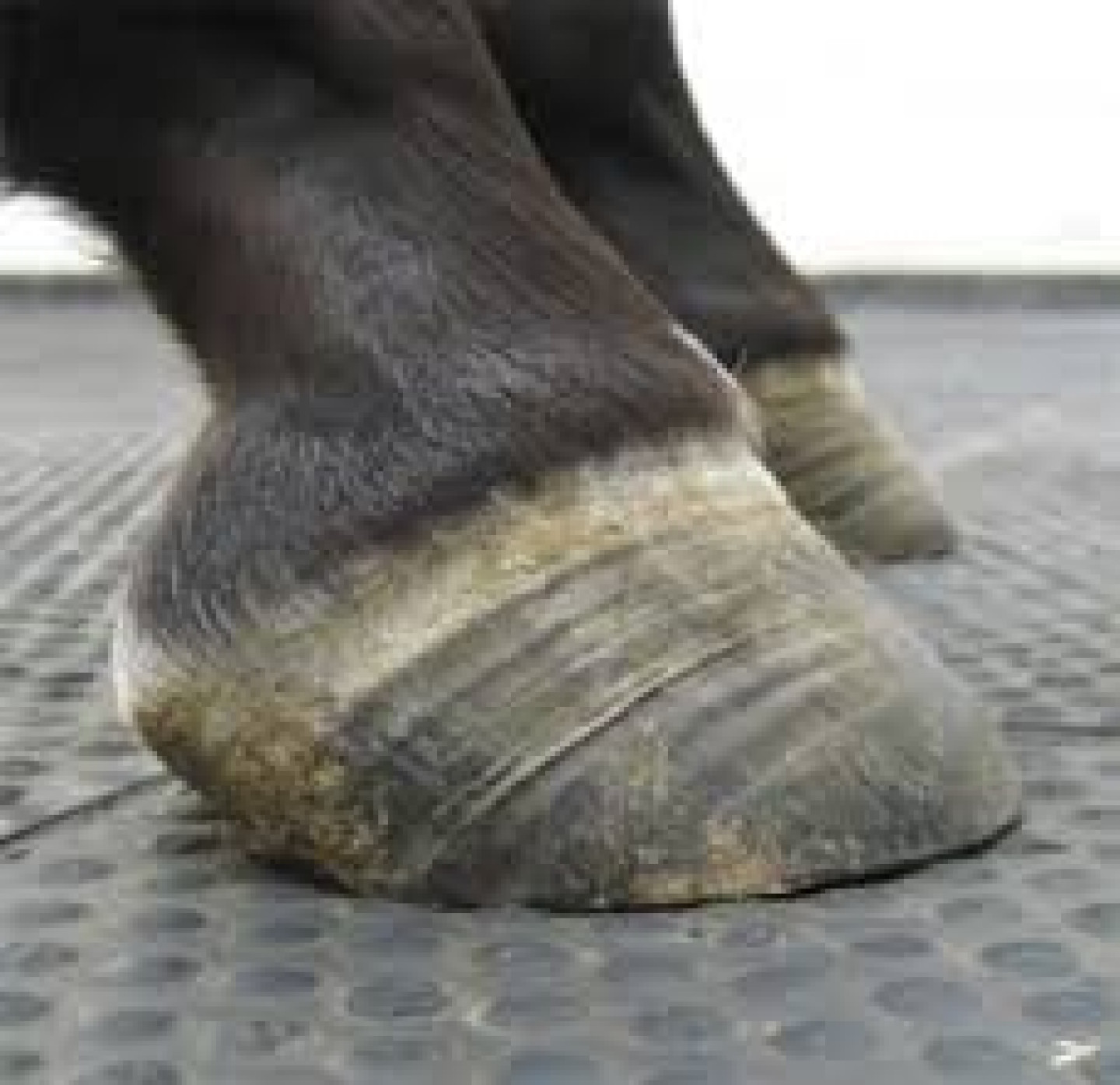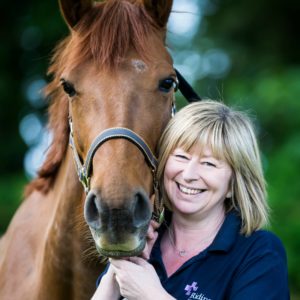FORAGE
Forage is an essential part of all horses and ponies diets to maintain a healthy gastrointestinal system so we need to find a balance when dieting.
To assist weight loss and reduce risk of laminitis and equine metabolic syndrome diet should be low in non-structural carbohydrates (simple starches and sugars) – ideally non-structural carbohydrate (NSC) content should be less than 10%.
Knowing the starch and sugar content of your hay can be tricky, generally later cut/coarser hay is lower in NSCs however it is not an exact science. There are now various companies offering forage analysis, these can be found easily with a google search.
As a general rule hay has a lower NSC content than haylage so is most often the forage of choice. Straw has the lowest NSC content - good quality straw can be used to replace a small percentage of the hay ration (no more than 30%) if needing to slow eating time.
How much?
1.5% bodyweight for weight loss – for a 500kg horse this equates to 7.5kg per 24 hour period, for a 250kg pony this equates to 3.75kg per 24 hour period
1.75% bodyweight for maintenance – for a 500kg horse this equates to 8.75kg, for a 250kg pony this equates to 4.4kg per 24 hour period
Soaking hay
Soaking hay is a sustainable approach to weight loss – by removing carbohydrates from the hay it allows us to feed adequate quantities of fibre in order to maintain welfare and gut health while minimizing starch and sugar intake.
We recommend soaking hay for 10-12 hours for EMS and laminitis.
Soaking also removes minerals so horses need to be supplemented for these – the easiest way to do this is by feeding a balancer – most balancers are below 10% NSCs and there are lots of low calorie balancers available that are aimed at good doers.
Soaking reduces palatability so it can be necessary to increase soaking time gradually.
Soak in cold water and ideally out of direct sunlight - soaking at higher temperatures might encourage bacterial growth.
Haylage cannot be soaked due to fermentation and bacterial growth.

Supplementary feeding
As mentioned earlier it is often a good idea to supplement your horse or pony with a light/low calorie balancer to ensure they are getting the vitamins and minerals they require, especially when on soaked hay and/or a grass-free diet.
These can be safely accompanied by a molasses-free chaff or mash to increase fibre intake.
The 10% rule applies to feeds too! So look out for those little numbers on the back of the bag – less than 10% starch and sugar!
Grazing
Time at grass needs to be managed carefully, consider one or more of the following options:
- Turning out late at night (when grass sugar levels are at their lowest) and bringing in early morning
- Track systems
- Grazing muzzles
- Strip grazing
- Co-grazing with other species (sheep)
- Yard or dust paddock turnout


